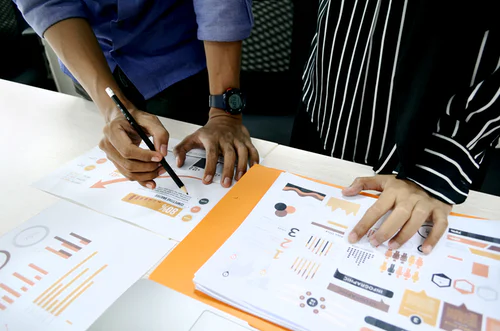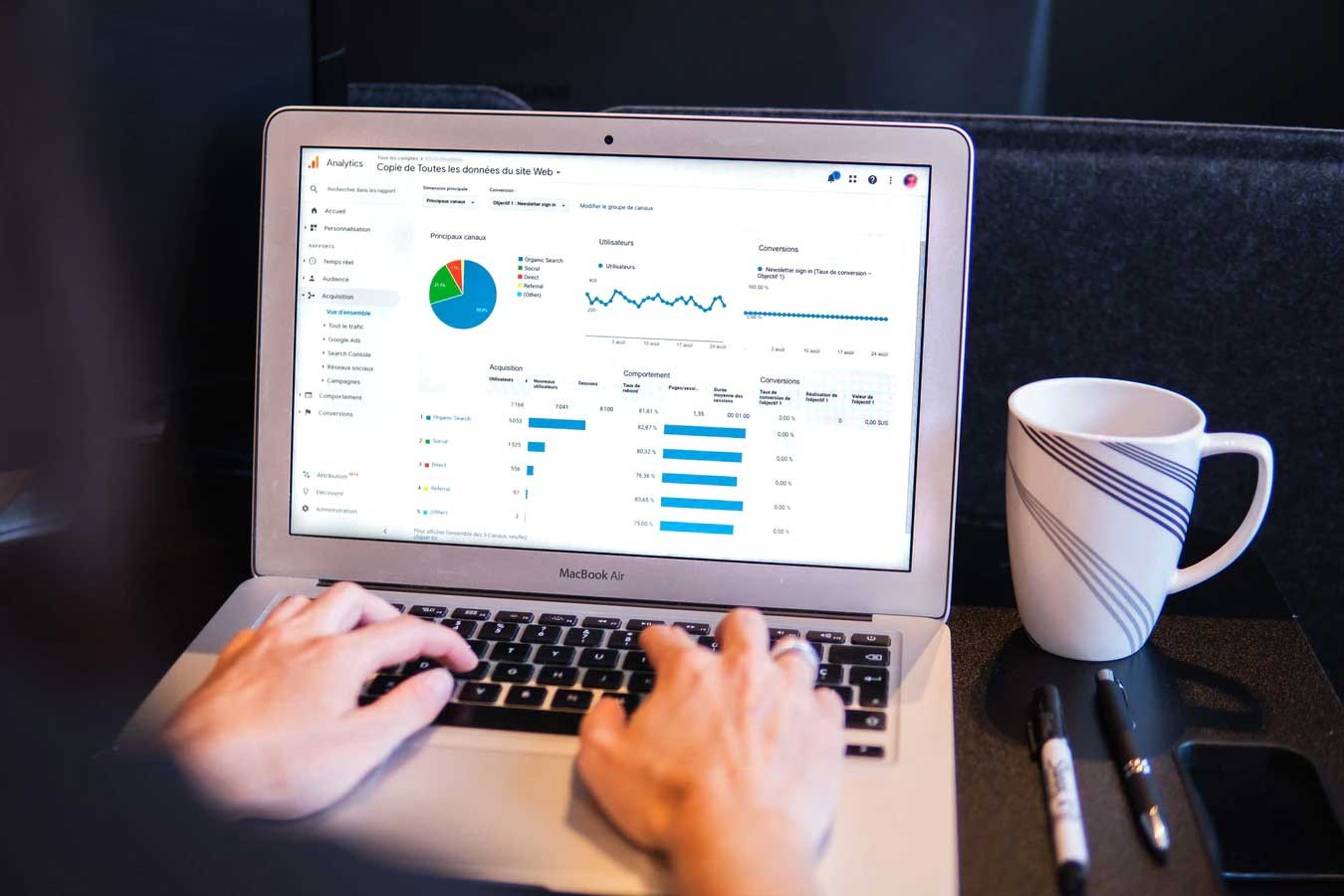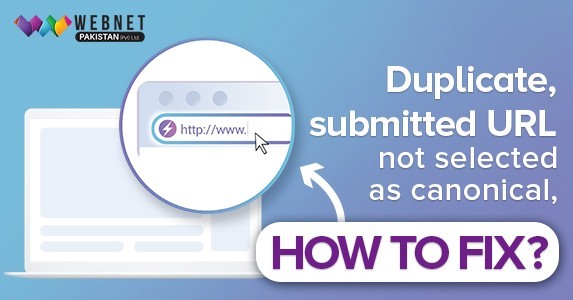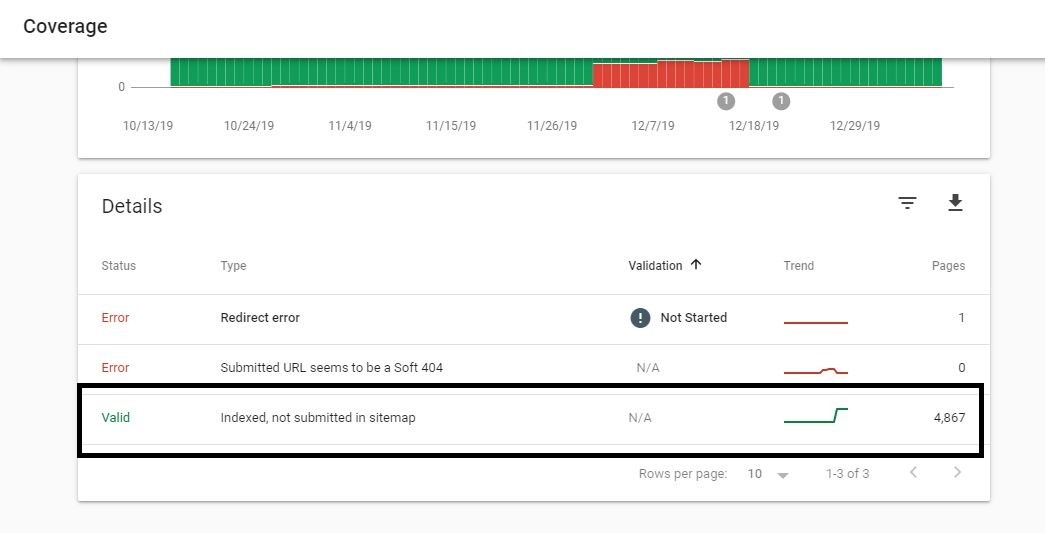Core Web Vitals
Google typically releases algorithm updates to improve the quality of its search results. These updates can impact how Google crawls and indexes websites, affecting their visibility in search results.
Google does not release a set schedule of updates but makes several updates throughout the year. Here are some of the major updates that Google has released in the past:
Google Panda - This algorithm update was first released in February 2011 and targeted low-quality, thin content sites with a high ad-to-content ratio. It was designed to improve the quality of search results by demoting sites with poor content.
Google Penguin - This algorithm update was first released in April 2012 and focused on penalizing websites that used spammy link-building practices, such as buying links or using link networks to manipulate rankings.
Google Hummingbird - This algorithm update was released in August 2013 and introduced a new algorithm that focused on improving Google's ability to understand natural language queries and provide more relevant results.
Google Pigeon - This algorithm update was released in July 2014 and focused on improving local search results by providing more accurate and relevant results for location-based queries.
Google Mobile-friendly update - This algorithm update was released in April 2015 and focused on improving the mobile-friendliness of websites. Websites that were not mobile-friendly were penalized in mobile search results.
Google RankBrain - This algorithm update was released in October 2015 and introduced machine learning technology to Google's ranking algorithm. It helped Google better understand the meaning behind queries and provide more relevant results.
Do you know what core web vital is?
Core web vital is an upcoming Google ranking algorithm that analyzes your page speed and has been activated in a separate section of Google Webmaster from May 2021. It is December 2021, and we haven't seen a significant effect from the algorithms, but it can be one of your bad dreams if this has been rolling out.
What would be our natural reaction if we heard that Google updated a new ranking factors algorithm?
Most likely, 90% of us (who own websites) will panic about what will happen next.
What will happen if all the keywords go down?
Will the company website suffer due to the new algorithm?
That is not true! Or MAYBE!!! That’s right.
The upcoming Google ranking system will boost the user experience, which will help both companies and their customers. Perhaps, we take it differently. Page speed is one thing that does not matter how well you optimize your website page but also matters in other things that we think Google wants us to invest in.
Do you know why Google is updating its ranking algorithm?
It’s because Google’s focus is the on-page experience of the page.
Google algorithm update would prefer the website pages to have these features:
- Mobile friendly because most of the users access websites from their mobile devices.
- Relevant content with creativity and uniqueness.
- Safe browsing options for protecting users.
- HTTPS-security or SSL-certified websites to avoid security reasons. It tends to be said that Google will be crawling web pages in http2 protocols.
CORE WEB VITALS:
A collection of basic variables that Google finds essential in the overall user experience of a website is known as core web vitals. It is related to responsiveness, speed, and all those factors that help to provide a good user experience.
The three Core Web Vitals, according to Google update regarding 2021, include:
- Largest Contentful Paint (LCP)
- First Input Delay (FID)
- Cumulative Layout Shift (CLS)
These Core Web Vitals will be added to Google page experience ranking according to the latest Google update (page performance). Therefore, if you want success for a long time & to make your website successful in web optimization, user experience is essential. Hint: If you have a shared server with a slow server response time, think of moving to VPS with at least 4 GB Server Ram.

Core web vitals play a role in increasing the opportunities to improve the experience of your site. So all these page optimizations mentioned below are good, but eventually, hosting will play a part.
‘To get the best response, you must give the best user experience.’
1. Largest Contentful Paint (LCP)
The largest contentful paint (LCP) is the first core strategy mentioned by Google's new update.
It refers to the pictures and videos that take the longest time to load a page.
Google has mentioned that the ideal time for page loading would be 2.5 seconds. During this period, the site that would load the page without any delay would be preferred by Google.
Four or more than 4 seconds will be considered low performance & it will impact your ranking starting from May 2021 (as mentioned by Google). The relation of the largest contentful paint (LCP) is from page load speed.
Reasons for poor Largest Contentful Paint (LCP)
There are some reasons which cause more loading time or LCP are mentioned below:
- First of all, sluggish response times of servers cause slow loading of website visual elements.
- The other reasons that cause poor LCP are JavaScript and CSS Render-Blocking, heavy resources, & rendering on the client’s end.
How to maintain a good LCP ( Largest Contentful Paint)
Here are the solutions to the problems that increase your page loading time. Reduce the Largest LCP by:
Server optimization, activating CDN, images optimization, assets optimization, reducing critical Javascript, and minifying CSS, caching your HTML, & preloading of youressentialt assets.
2. First Input Delay (FID):
First Input Delay (FID) is the second core strategy mentioned in the Google algorithm update 2020. If your website page can not interact with users, it would be a great alert for you.
Yes, that is what it means!
First Input Delay (FID) refers to the interaction of your site with your users. It will calculate the time users experience when they interact with your page for the first time. The purpose of FID is to provide a user-friendly experience. Therefore, your First Input Delay should be less than 100 milliseconds (ms) to offer a better experience.
Reasons for poor First Input Delay (FID)
The main reason to cause bad FID is the detail & heavy execution of Javascript. It prevents the browser from running event listening (it means the response time of the browser makes delayed towards user requests)
That is why more usage of Javascript (by your page) can cause more First Input Delay.
How to maintain a good FID (First Input Delay)
The solutions that will help you to minimize your First Input Delay are:
- Minify Javascript (that is unused),
- utilization of web workers,
- removal of non-critical third-party scripts, and
- usage of the browser cache.
Do you get this factor?
YES?
Then you are good to go for the next step.
3. Cumulative Layout Shift (CLS):
Here comes the third factor, Cumulative Layout Shift (CLS) in Google algorithm changes. It is considered an essential factor for web page efficiency. It refers to calculating the page stability & the main focus is the visual stability of the page. Random website design changes and locations can cause trouble. It can mislead the users, resulting in a negative impression and frustration for the clients. That’s why Google prefers CLS correction.
Most of us experience a problem when the website works slowly or has any layout problem. When we click on another option, it ends up on another page.
Yes, you remember that.
Any layout problem can trigger changes (in position) during page loading. It can affect the calculation of the Accumulated Layout Transfer. It is mentioned in the Google search update that less than 0.1 would be called the optimal measurement of the CLS.

Reasons for Cumulative Layout Shift (CLS)
The problems that causelousyd layout shifting are:
- Images with no dimensions
- Without dimensions ads, & iframes
- Wrong web fonts cause Flash of Unstyled Text (FOUT) & Flash of Invisible Text (FOIT)
- Dynamically injected content
- Actions that only update when a network response is received.
How to maintain CLS (Cumulative Layout Shift)
Here are the points and tips that will help you in fixing cumulative layout shift:
- Images, videos, and ads should always have the required height & width values.
- Usage of proper fonts & dimensions setting of ads and embeds.
- Optimization of HTTP response & improve elements synchronization.
- Handling of dynamically injected content.
Do you know what are the benefits of a website that it gives a better user experience?
The web pages with good user experience help in:
- Increasing web page traffic
- Reducing the bounce rates of your website
- Increasing your conversion rate & revenue
- It helps to boost your business sales & increases efficiency.
That is why the new Google search update brings changes toward a better website experience.
Conclusion:
Google has provided a Google SERP update that will be implemented in May 2021. The focus of this Google core update would be Core Web Vital. But it doesn’t mean that content relevancy & keyword search will not matter anymore. Multiple factors can affect your website and page performance. The core vitals responsible for these issues are LCP, FID, & CLS.
But there is nothing to worry about if you already give your sites the best user experience. So, according to the latestGooglee algorithm update, maintain the page quality. In case of any irregularity, check out solutions and implement them.
Are you all done with the information collection?
Best of luck; now you are good to go!





0 comment